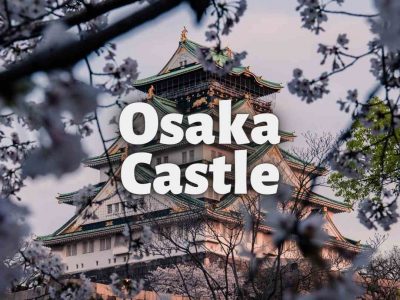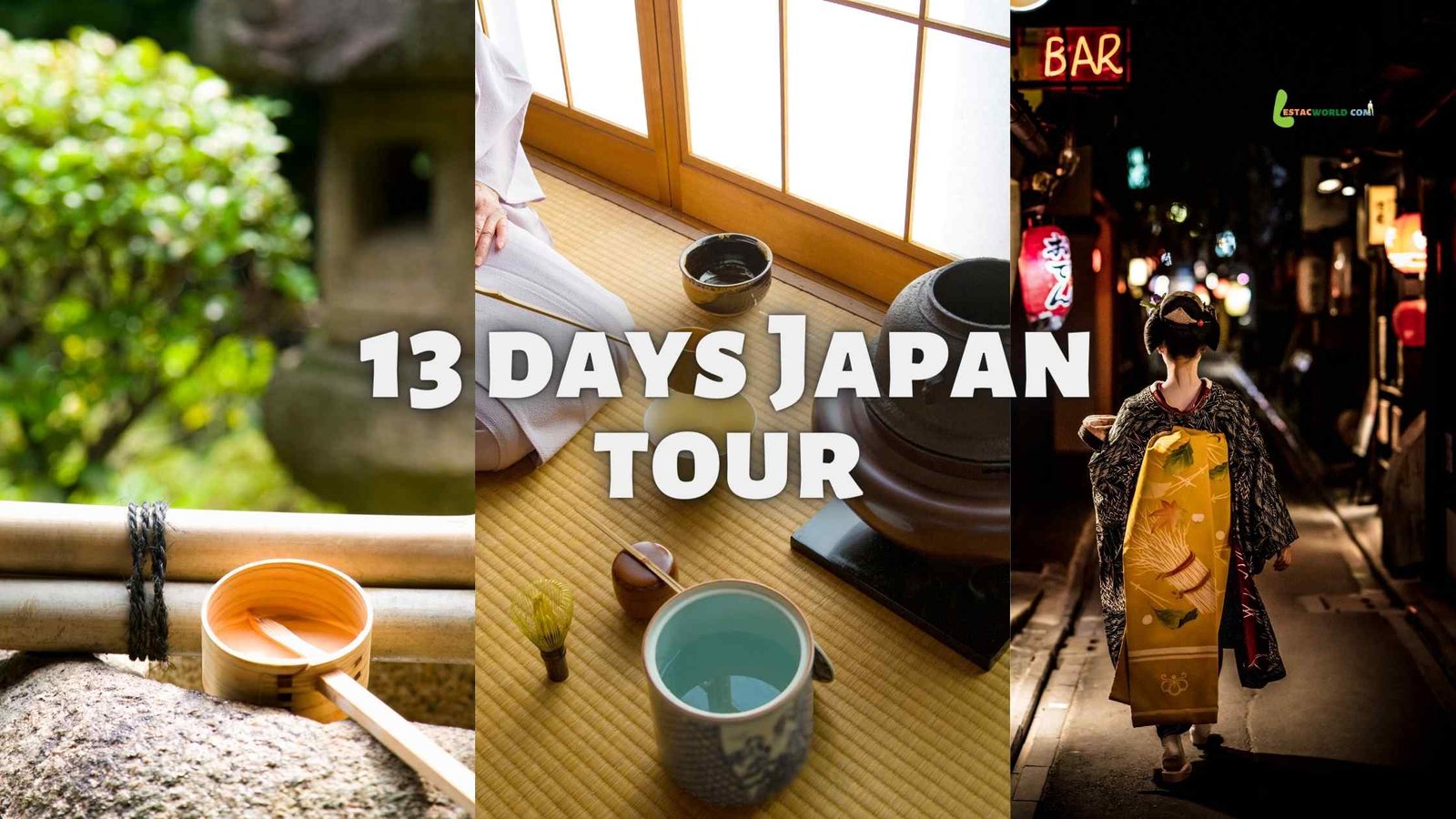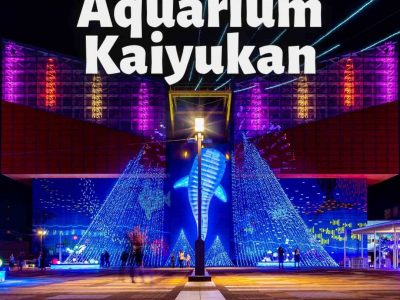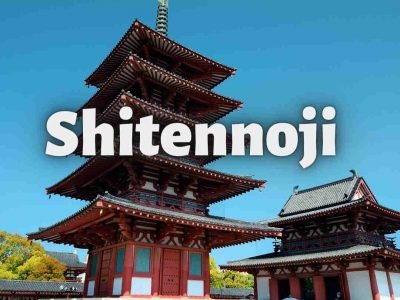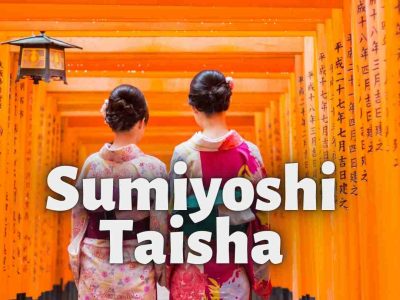When it comes to planning a trip to Japan, Osaka is a vibrant and exciting city that should be on your radar. Located in the Kansai region, Osaka offers a perfect blend of modern attractions and rich historical heritage. To make the most of your trip to Osaka, consider exploring Osaka tour packages offered by various travel agencies.
Osaka tour packages provide a convenient and comprehensive way to experience the best of the city. These packages typically include guided tours to popular attractions such as Osaka Castle, Dotonbori, and Universal Studios Japan. With a well-organized itinerary, you can maximize your time and ensure that you don’t miss out on any must-visit spots.
One of the key advantages of choosing Osaka tour packages is the convenience they offer. Instead of worrying about transportation, language barriers, and logistics, you can leave the planning to the tour operator. This allows you to focus on immersing yourself in the unique culture and vibrant atmosphere of Osaka.
Another benefit of Osaka tour packages is that they often provide cost savings. These packages often bundle together accommodation, transportation, and attraction tickets at discounted rates, allowing you to make the most of your budget. With these savings, you can indulge in local delicacies and shopping experiences without breaking the bank.
When selecting Osaka tour packages, consider your interests and preferences. Whether you’re a foodie looking to explore the city’s culinary delights, a history enthusiast interested in the city’s ancient sites, or a shopaholic eager to dive into retail therapy, there’s a package that suits your desires.
In conclusion, Osaka tour packages are an excellent way to experience the best of what the city has to offer. With hassle-free planning, cost savings, and well-curated itineraries, you can embark on a memorable journey through Osaka’s vibrant streets and cultural treasures. Whether you’re a first-time visitor or a seasoned traveler, consider opting for Osaka tour packages to ensure a fulfilling and enjoyable trip to this captivating Japanese city.

